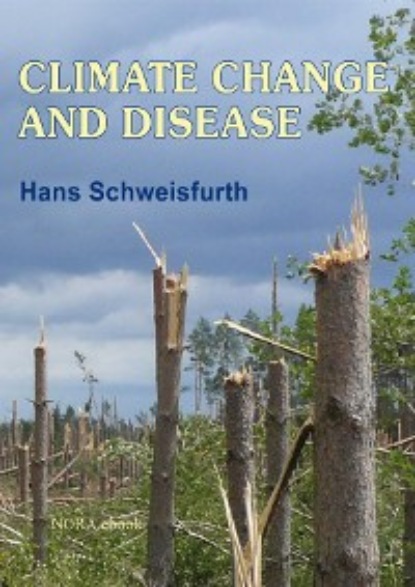
Climate Change and Disease
Hans Schweisfurth
Global warming and the associated climate change is mainly attributed to the burning of fossil fuels. The resulting greenhouse gases and air pollutants cause or exacerbate diseases like rhino sinusitis, chronic obstructive pulmonary disease, lung cancer, respiratory infections, asthma and pulmonary fibrosis. Approximately 22 000 to 55 000 died prematurely in Europe during the heat wave in the summer of 2003. In heat waves elevated ozone and fine dust concentrations are often detectable, which are further increased by forest fires. Southern Europe will be additionally polluted by sandstorms from the Sahara. According to present knowledge, short-term fine dust exposures cause an increase of pulmonary- and cardiological related hospital admissions and an increase in the mortality rate. Long-term fine dust exposure results in the deterioration of lung function in children with asthma. In Europe, the milder climate has extended the pollen season and enables the spread of Ambrosia so that allergic diseases continue to increase. Also flooding by extreme rainfall events leads to an increase of allergies by molds and house dust mite.
By global climate warming, infectious diseases, worldwide regarded as the second most common cause of death, can occur in areas which are previously unaffected
Vector-borne infections which are transmitted by insects, ticks, mites, and rodents are of particular importance. An invasion has been observed for years of the Asian tiger mosquito which can transmit dengue-, yellow-, and chikungunya fever. Leishmaniasis and Pappataci fever is transmitted by sandflies. Ticks and rodents are part of the local wildlife in Europe, but more global warming increases the reproduction rate and this can elevate the transmission of infectious diseases.